![What ID and Documents Does My Child Need To Fly? [2024]](https://upgradedpoints.com/wp-content/uploads/2022/10/Family-at-airport-with-luggage.jpeg?auto=webp&disable=upscale&width=1200)
Chris holds a B.S. in Hospitality and Tourism Management and managed social media for all Marriott properties in South America, making him a perfect fit for UP and its social media channels. He has a .
Updated: July 22, 2024, 8:39am CDT43 Published Articles 3382 Edited Articles
Countries Visited: 50 U.S. States Visited: 28
With years of experience in corporate marketing and as the executive director of the American Chamber of Commerce in Qatar, Keri is now editor-in-chief at UP, overseeing daily content operations and r.
![What ID and Documents Does My Child Need To Fly? [2024]](https://upgradedpoints.com/wp-content/uploads/2022/10/Family-at-airport-with-luggage.jpeg?auto=webp&disable=upscale&width=1200)
We may be compensated when you click on product links, such as credit cards, from one or more of our advertising partners. Terms apply to the offers below. See our Advertising Policy for more about our partners, how we make money, and our rating methodology. Opinions and recommendations are ours alone.
Just the thought of putting your little ones on a plane can bring anxiety. Making sure that all of your reservations have been made, seats have been assigned, and hotel rooms have been upgraded, all while attempting to keep the kids entertained and behaving properly, can be exhausting. This is even before you leave the house.
Add in the fact that your child may or may not need some sort of identification to board a plane can be that extra confusion that a new parent just doesn’t need. Well, we’re here to lay it all out clearly for you and let you know exactly what you need to fly with your kids!
As an adult over the age of 18, you need a valid government form of ID to board a plane in the U.S., according to the TSA.
If you’re flying internationally, you will need to show your passport or passport card. If you are taking a domestic flight, you will need to show your driver’s license or another form of government ID with your photo on it.
However, for children under the age of 18, that is a different story. Depending on where they are traveling to, and what age they are, they might not need an ID at all.
Since there is a lot of information out there, it can get a little confusing to understand it all. Here, we’ll break it all down for you so that the next time you board a flight with your little one in tow, you will know exactly what you will (and won’t) need.
This one is very black and white. Regardless of your age, if you are flying to a different country, you will need to present your passport at check-in, the TSA security checkpoint, and when you arrive at your destination.
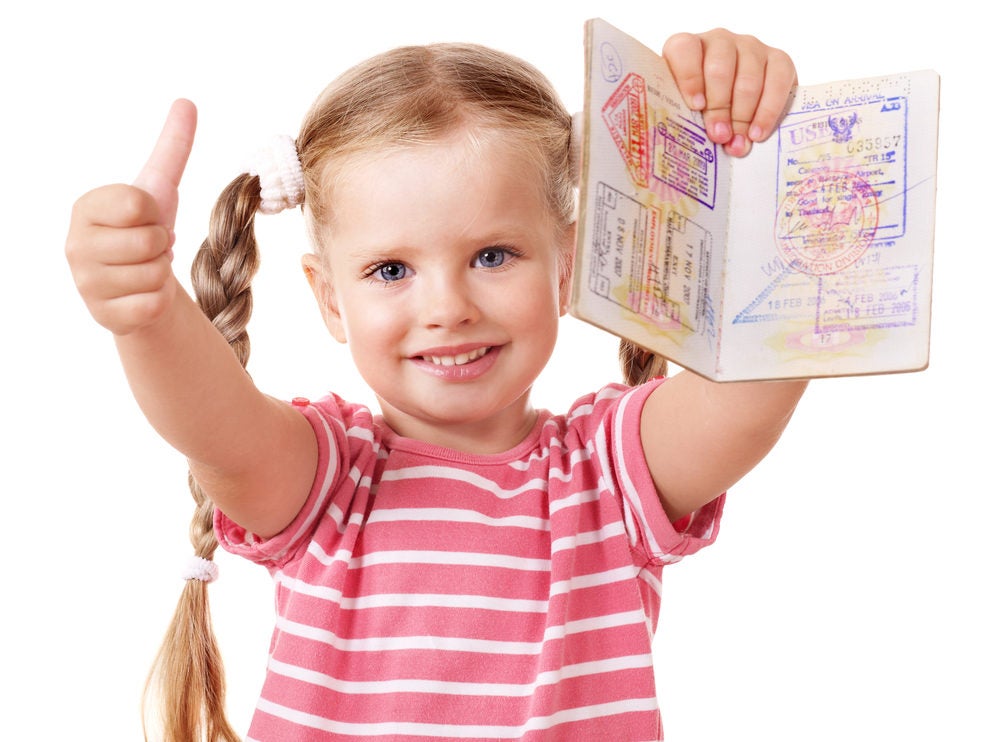
Even if your child is only a month old, they will need a passport to leave the country. Don’t have a passport yet for your little traveler? Don’t worry, we have a complete guide on how to get a U.S. passport for your baby.
If your destination requires a travel visa, your child will also need to apply for the visa. Since both of these things take time, it’s best to get these done as far in advance as possible.
If for some reason you need to take an international trip immediately after the birth of your child, it’s possible to get passports and visas expedited for an extra cost.
If you have Global Entry, that doesn’t mean that your child will automatically get it as well.
Unlike TSA PreCheck, which can extend to your children ages 17 and under, if you want to take your child through the Global Entry line they will need to go through the same process that you did.
Yes, that means paying the $100 application fee and even in some cases having your infant complete the interview process. Don’t worry, though, there are plenty of credit cards that reimburse the Global Entry fee.
Although this may seem like a hassle, having an official government photo ID of your child will come in handy for many circumstances down the road.
Bottom Line: If you are flying internationally, your child will need a passport (and maybe a visa), regardless of their age.
If you plan on traveling internationally with your child, and both parents will not be traveling together, you will need to provide some additional permission forms.
Depending on the airline and the country you will be flying to (and potentially back from), the requirements may be different.
The most important piece will be a notarized parental consent form signed by both parents and a copy of the non-traveling parent’s passport or valid identification.
If the child has a deceased parent, the living parent or guardian will need to sign the consent form and attach a copy of the late spouse’s death certificate.
The only exception is if the parent has proof of sole custody as you may be required to present a copy of your custody agreement signed by both parents.
Here is where things aren’t so black and white …
Sure, you could just travel with your child’s passport every time you board a flight, but depending on the situation, that probably isn’t necessary. And if there is 1 thing you should hope to never lose during a trip, it’s a passport. So why bring it if you don’t have to?
In most circumstances, children under the age of 18 will not need a photo ID to board a domestic flight if they are accompanied by an adult.
However, there are some circumstances where a photo ID or some official document may be needed for minors to board. Let’s break it down by age group and figure out what documentation your child will need (if anything) to fly.
This will vary by carrier, but most airlines will accept infants as young as 2 days old.
If you find yourself needing to board a plane with an infant less than 2 weeks old, you may be required by the airline to provide a note from your physician stating that the child is healthy enough to fly.
Since this can vary by airline, it’s best to contact your carrier before you travel.
For example, American Airlines requires that a “special assistance coordinator” send a form directly to the physician for them to fill out if the child is less than 7 days old.
Once you pass the 2-week-old window, the only age questions you will come across are whether or not your child has turned 2 years old yet. That is because children under the age of 2 can fly for free as a lap child on domestic flights as long as they are flying with an adult.
While you won’t be required to show an ID for the child when passing through security, at check-in the airline may require that you prove that the child is under the age of 2 because, obviously, if they are not, the airline will want to charge you for their seat.
Unless your child already has a passport that can be used to prove their birth date, you may need to bring a copy of their birth certificate.
While some airlines are more lenient than others, it’s always best to come prepared. For example, Southwest Airlines is very strict as it always require a copy of the birth certificate or government-issued photo ID at check-in if you want your little one to fly as a lap child.
Hot Tip: If your child turns 2 years old during a trip (hello Disney birthday vacation!), you will be required to pay for a full-priced, round-trip ticket. This would be a good opportunity to book 2 one-way tickets to save a few dollars.
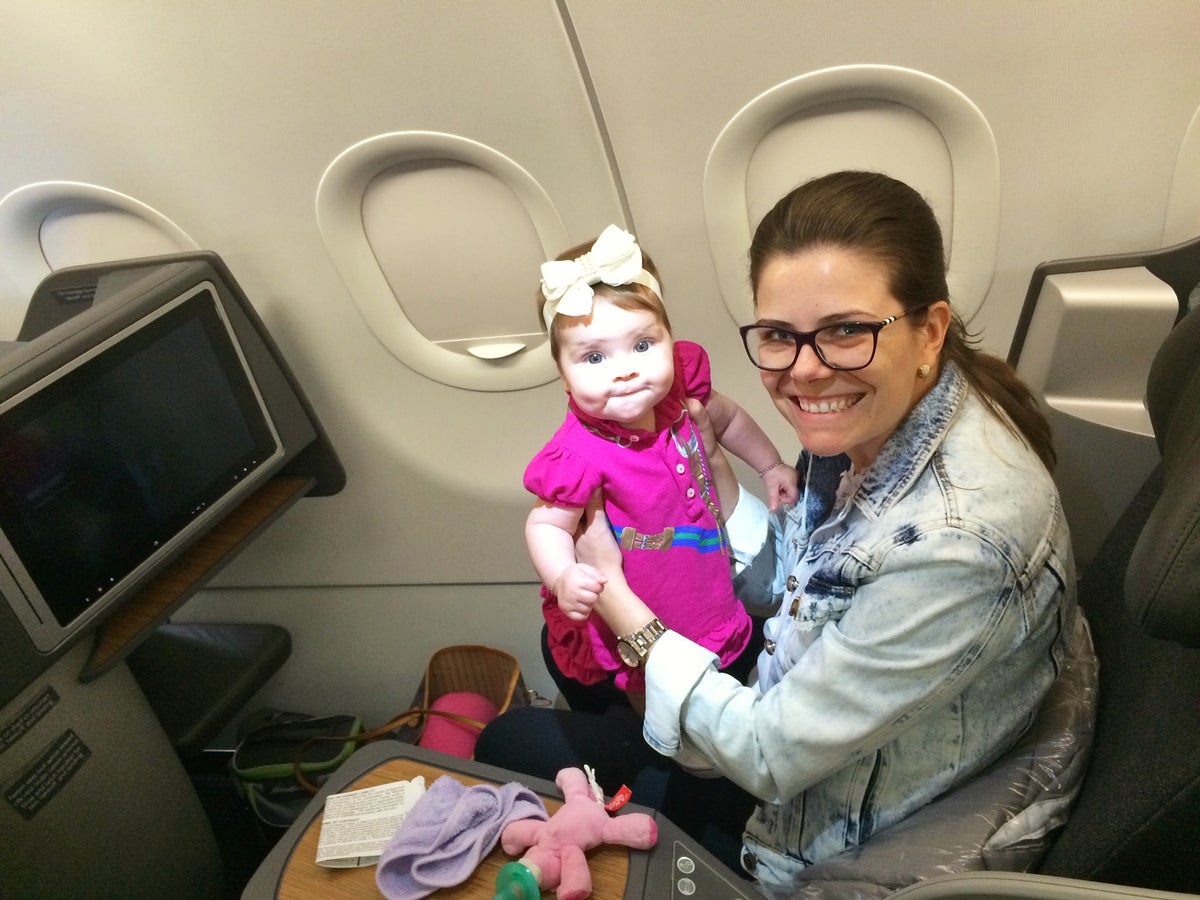
Once your child turns 2 years old they will be required to pay the full airfare and no longer be allowed to fly as a lap child — cue the sad music.
This also means that they won’t be required to prove their age anymore, which means that you don’t have to worry about traveling with an additional ID for them.
Minors under the age of 18 will not need ID to pass through security, they only need a boarding pass to board the plane if they are accompanied by an adult.
Although it isn’t required, it may feel weird traveling without some sort of ID for your kids. So, regardless of where you are traveling to, we suggest having some sort of ID for them.
Sometimes that may mean a printed copy of their birth certificate or passport, or, at the very least, a photo of their passport on your cell phone.
Bottom Line: As long as a minor between the age of 2 and 18 is traveling with an adult they will not need a photo ID to board a plane.
Here is another circumstance where the information can become a little murky. Since exact requirements may vary by airline, it’s best to contact your carrier directly if you plan on sending your child off on their own.
That being said, some basics seem to be standard across the industry.
A child travel consent form is a form that provides proof that the child is authorized to travel alone.
This form will often be provided by the airline — for example, American Airlines refers to it as an Unaccompanied Minor Service Form and needs it to be completed with the information about who is dropping off the child and who will be picking them up at the final destination.
If the child is traveling alone, they may also be required to have a consent letter signed by both parents.
If the child has a deceased parent, the living parent or guardian will need to sign the consent form and attach a copy of the late spouse’s death certificate. Note: This may only be required for international travel.
Children age 5 to 14 are not required to show an ID at the time of check-in, however, they are always encouraged to have some sort of ID on them during travel.
If your child already has a passport, at least send them with a copy of it in case of an emergency.
Children ages 15 to 17 may be required to provide some sort of identification, including one of the following:
Bottom Line: If your child will be traveling alone, it’s best to send them with some sort of ID, preferably something with their photo on it.
Even though your 18-year-old is legally an adult, they are still your little baby and you surely will want to have them prepared when they decide they want to go off on a trip with their friends. Spring Break, anyone?
Well, now that he or she has turned 18, they are legally required to have a valid, current U.S. federal or state-issued photo ID.
The identification must contain a clear photo, date of birth, gender, expiration date, and a tamper-resistant feature for travel to or from a U.S. territory. Expired documents will not be accepted.
The following is a list of acceptable forms of identification for boarding a U.S. domestic flight:
Hot Tip: TSA ID requirements are subject to change, so if you have any concerns, it’s always best to check directly what you need on the TSA’s website.
At the end of the day, the answer is pretty simple: It’s better to be safe than sorry! If you have an ID for your little one, bring it! You might not need it, but it’s better than being denied boarding.
But, to put it simply, if you are flying internationally, your child will need a passport and potentially a travel visa.
If you are flying domestically and your baby will be flying as a lap child, you may be asked for proof at check-in that they are indeed younger than 2 years old.
If your child is flying domestically on their own ticket (not as a lap child) they probably won’t need any sort of ID until they are 18 years old.
Now, grab your little traveler and start exploring this beautiful world!
Featured Image Credit: NFstock via Adobe StockIf your child will be flying out of the country, they will need a valid passport.
Children under the age of 18 do not need an ID to fly on domestic flights inside of the U.S. as long as they are traveling with an adult.
If a minor is traveling alone, they will need a signed parental consent form.
Children under the age of 2 can fly as a lap child. On domestic flights there is no cost; on international flights, it can cost up to 10% of the adult’s ticket value.
Was this page helpful?
Chris holds a B.S. in Hospitality and Tourism Management and managed social media for all Marriott properties in South America, making him a perfect fit for UP and its social media channels. He has a passion for making content catered toward family travelers.
INSIDERS ONLY: UP PULSE ™

Get the latest travel tips, crucial news, flight & hotel deal alerts.
Plus — expert strategies to maximize your points & miles by joining our (free) newsletter.
We respect your privacy. This site is protected by reCAPTCHA. Google's privacy policy and terms of service apply.

Top Partner Offers
Our Selection Approach
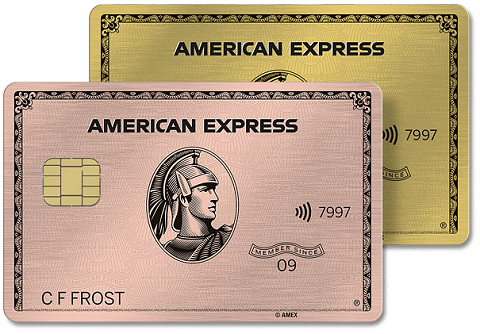
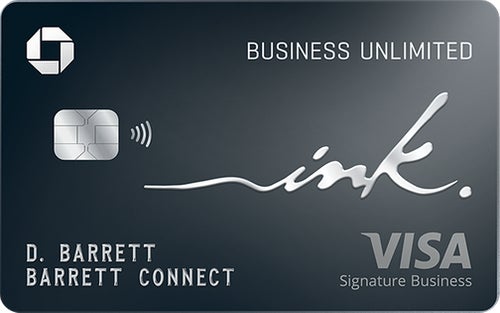
LIMITED TIME OFFER!
Earn $900 Cash Back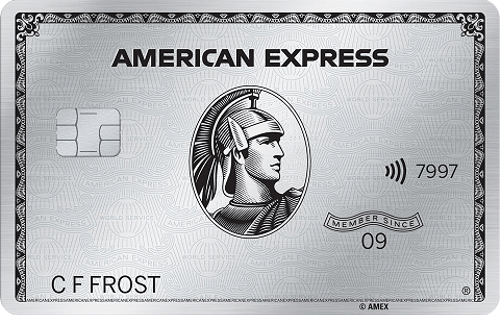
BEST LOUNGE ACCESS
Earn 80,000 Points 75,000 miles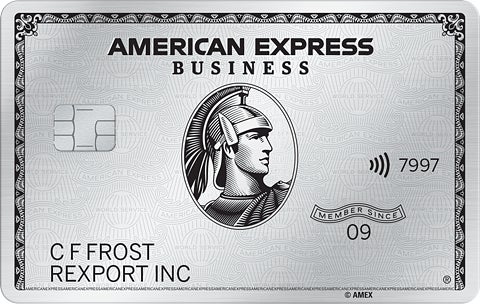
Top Partner Offers - Our Selection Approach
At Upgraded Points, our team has rigorously evaluated nearly every travel and rewards credit card available for both consumers and businesses. Our recommendations are based on direct experience: we endorse cards that we’re currently using, cards we’ve used in the past and found valuable, or cards that we truly believe could offer real benefits to our readers.
UP's Bonus Valuation
This bonus value is an estimated valuation calculated by UP after analyzing redemption options, transfer partners, award availability and how much UP would pay to buy these points.
Upgrade your travel experience
© 2024 Upgraded Points™, LLC. All Rights Reserved.
Disclaimer: Upgraded Points, LLC and its website, UpgradedPoints.com, provides information on credit cards, reward programs, travel information and ancillary information concerning travel and credit cards. The information provided is for informational purposes only and should not be considered financial, tax or legal advice.
Upgraded Points, LLC uses reasonable efforts to maintain accurate information on the site — and prior to applying for any credit card offers found on UpgradedPoints.com, all visitors should review other features of such credit cards including but not limited to interest rates, annual fees and transaction fees, and should determine the suitability of such credit cards considering their own individual financial position.
Advertiser Disclosure: Many of the credit card offers that appear on this site are from credit card companies from which we receive compensation. This compensation may impact how and where products appear on this site (including, for example, the order in which they appear). This site does not include all credit card companies or all available credit card offers. For more information on our advertisers and how we make money, see our advertising policy here. In addition, as an Amazon Associate we earn from qualifying purchases.
Editorial Disclosure: The content featured on UpgradedPoints.com has not been influenced, provided, or reviewed by the credit card companies mentioned. Any and all options, reviews, comments and analyses are the responsibility of the author(s) and not any Advertiser or credit card issuer.